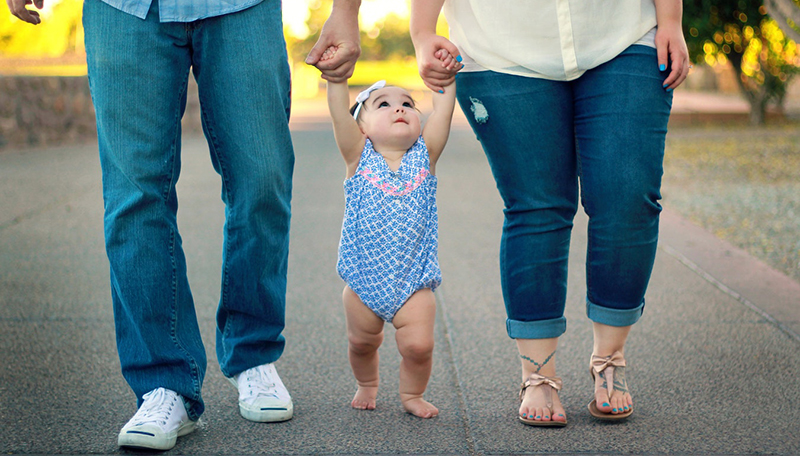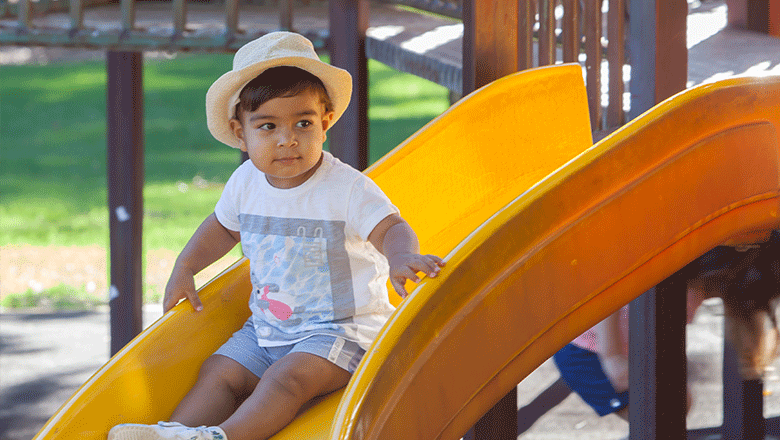Search

News & Events
School readiness is more than just test resultsA new study by researchers at The Kids Research Institute Australia has found there is a bigger picture to consider when determining whether a child is ready to start school.

News & Events
WA, Queensland leading nation’s improvements in early childhood outcomesWestern Australia and Queensland are leading the nation when it comes to ensuring children have a good start at school, according to a study by researchers at The Kids Research Institute Australia.

News & Events
How to tell if your baby is meeting their social and developmental milestonesPaediatrician and researcher Dr Lana Bell shares some important milestones for social development to look out for in the first year of life.

News & Events
Brain & Behaviour community forumWe invite you to join us for a community forum on the future of research in our Brain & Behaviour Research Focus Area.
News & Events
New clues into language developmentA world-first study from The Kids for Child Health Research has identified risk factors for receptive language development in Australian children.
News & Events
School success starts before birthLink between healthy growth in the womb and improved numeracy and literacy skills in early primary school.
Research
Evaluation of the Positive Parenting ProgramIn 2016, the Australian Centre for Child Protection (ACCP) and The Kids Research Institute Australia (The Kids) were engaged to evaluate the implementation and impact of Triple P in South Australia.
Research
Early literacy skills: review of evidence for pedagogical approaches that best support children’s early literacy skillsRecent evidence indicates that a child’s home learning environment is the strongest predictor of success in later reading abilities and that for children not receiving structured language and reading support at home.
Research
Western Australian Child Development AtlasWe know that place, location, and geography can all influence health, wellbeing, and disease, and thus are important factors in policy development and service planning.
Research
How Caregivers Support Children’s Emotion Regulation: Construct Validation of the Parental Assistance With Child Emotion Regulation (PACER) QuestionnaireCaregivers play a crucial role in supporting the development of their children's emotion regulation. This study validated the Parental Assistance with Child Emotion Regulation (PACER) Questionnaire in a sample of 491 caregivers of young children ≤ 5 years.
